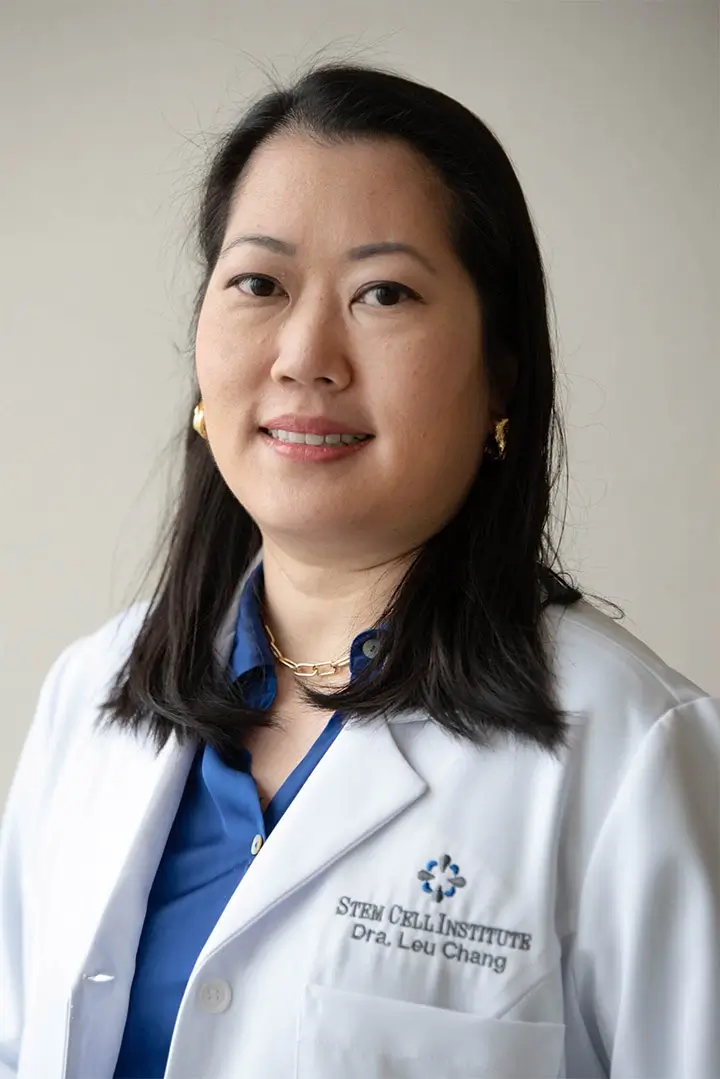Based on the body’s own self-healing processes and stem cells, a new alternative therapy for cartilage replacement has been developed by German researchers.
Currently, a culture has to be taken from healthy cartilage. Expanded cells are then re-injected into the area where cartilage has been lost or worn after the culture is expanded in the lab. This multi-step process is time consuming, but the only choice offered at the moment.
The cultivated cartilage cells grow on a sponge-like structure composed of animal collagens. Industrial-grade bovine collagen is used by the doctors for this purpose. The newly transplanted cells need the structure for support.
The practice, which is known as autologous chondrocyte transplanting (or ACT), is rather costly and requires numerous operations. It costs $4,700 to $9,500 (€3,500 to €7,000) just to have the cartilage cultured in a lab. The many factors associated with the procedure can make it prohibitive for many.
A much simpler and less-expensive alternative has now been developed. Based on activating the body’s own healing powers, north German researchers at Lübeck University are responsible for the novel technique.
Micro-fracturing, a method in which doctors drill tiny holes into open bone, is performed in the area where cartilage is worn out. Mesenchymal stem cells are released from bone marrow during the bleeding.
Cut to the shape and size of the lost cartilage, a sponge-like collagen frame is inserted into the location. Doctors then inject a small amount of blood serum from the patient which can coax the mesenchymal stem cells from the bleeding bone and help them turn into cartilage cells. The serum contains a growth factor to assist the process.
No externally grown cells are required as a cartilage-like tissue is developed by the patient’s own cells that join to the sponge.
“What’s funny about this matrix is that it creates a ceiling, and tissue or cells that grow underneath it, cling to it,” said Peter Behrens, who developed the procedure at Lübeck University Clinic. “In this covered area, new tissue grows.”
Clinics in Potsdam, Hanover, Freiburg, and Regensburg, are testing the new procedure which is known as autologous matrix induced chondrogenesis (AMIC).
“The stem cells are in our body,” Beherens said. “That’s what is fascinating about this method; we are activating our own cells.”
Throughout the whole human body, stem cells reside in nearly every nook and cranny. Using bone marrow stem cells to treat conditions such as leukemia, has been a known method for year. Now cartilage defects are also being treated and healed using the same cells.
“Something that needs to be replaced because it degrades over time, but is still good for a few years,” is what Behrens said about the repaired cartilage when comparing it to asphalt.
The procedure has been completed successfully on several hundred patients thus far.
“Our own cartilage is still the best, but this is a replacement that can help us be pain free for five years or so,” Behrens said. “That is the whole idea of these procedures.”
Since the procedure can be repeated every few years, Behrens says that he thinks the useful life of the repair is acceptable. And a prosthetic cartilage injection would be an option for the patients as well if they chose to go that route in the future.

